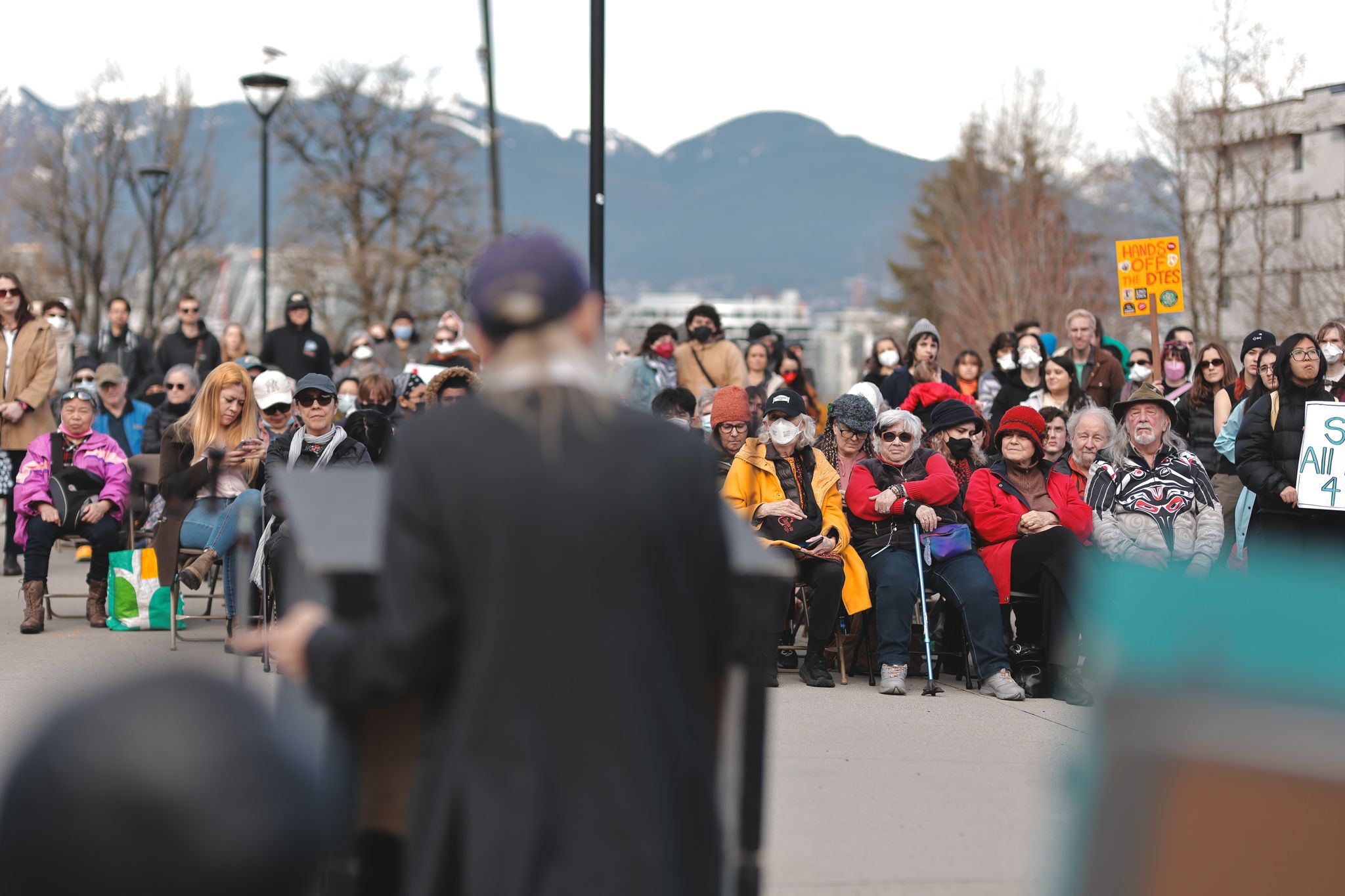City Hall
In a report to the Coalition of Progressive Electors (COPE) members this weekend, Canadian Union of Public Employees (CUPE) representative Bill Pegler delivered a...
Hi, what are you looking for?


Vancouver Mayor Ken Sim has announced a plan to freeze supportive housing development in the Downtown Eastside (DTES). The plan is part of a...
In a report to the Coalition of Progressive Electors (COPE) members this weekend, Canadian Union of Public Employees (CUPE) representative Bill Pegler delivered a...
This Tuesday, the Vision-controlled City Council struck a developer-run “affordable housing” task force. The public debate surrounding the affordability crisis has begun in earnest...
Vision Vancouver-dominated city council voted yesterday, Tues Dec 13, to approve the terms of reference for a so-called “affordability task force.” The task force...
The Mainlander is featured in the civic politics segment every Tuesday morning between 7am-8am on Vancouver Co-op Radio 102.7 This Tuesday Dec 13 2011, The...
Vancouver’s civic election on Saturday has brought us a new City Council. But as the five million dollar campaign fades, we should take a...
Definitions Democracy axis: City Hall is currently controlled by developers that finance the large political parties. An alternative approach is for council to...
At the recent Homelessness and Affordable Housing debate (Nov 7, St. Andrew’s–Wesley Church), mayoral candidates Gregor Robertson and Suzanne Anton said a lot of...
The Mainlander’s Sean Antrim sat down with their Mayoral candidate Randy Helten of Neighbourhoods for a Sustainable Vancouver (NSV) to talk about affordability, accountability,...
Here are five basic things you’ll need to know to guide you through the fog of the 2011 Vancouver civic election campaign 1. Both...
Below, Tristan Markle of The Mainlander interviews Vision Vancouver’s Geoff Meggs, who is running for re-election to Vancouver City Council. We discuss Vancouver’s unaffordability...